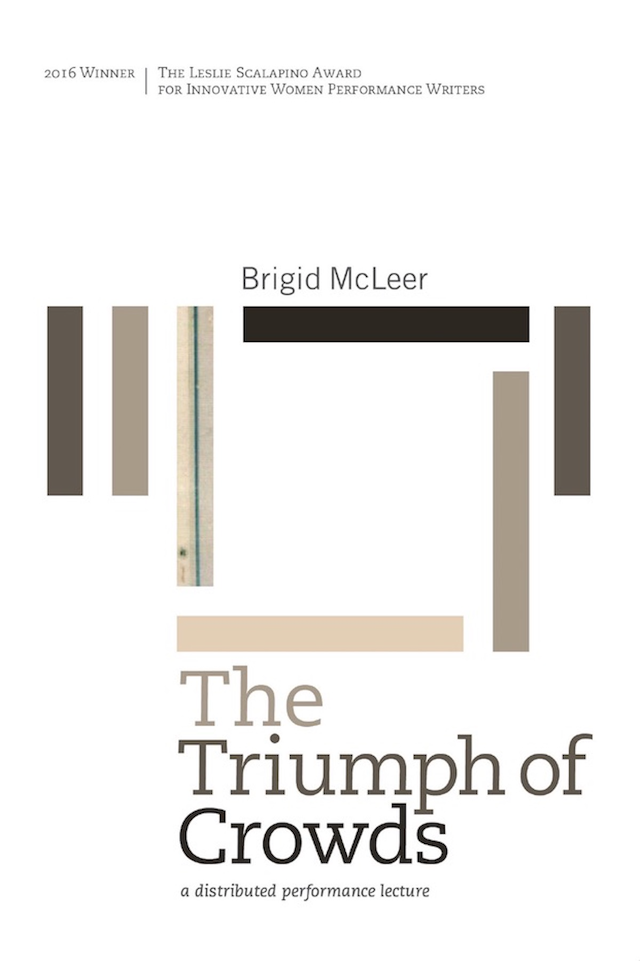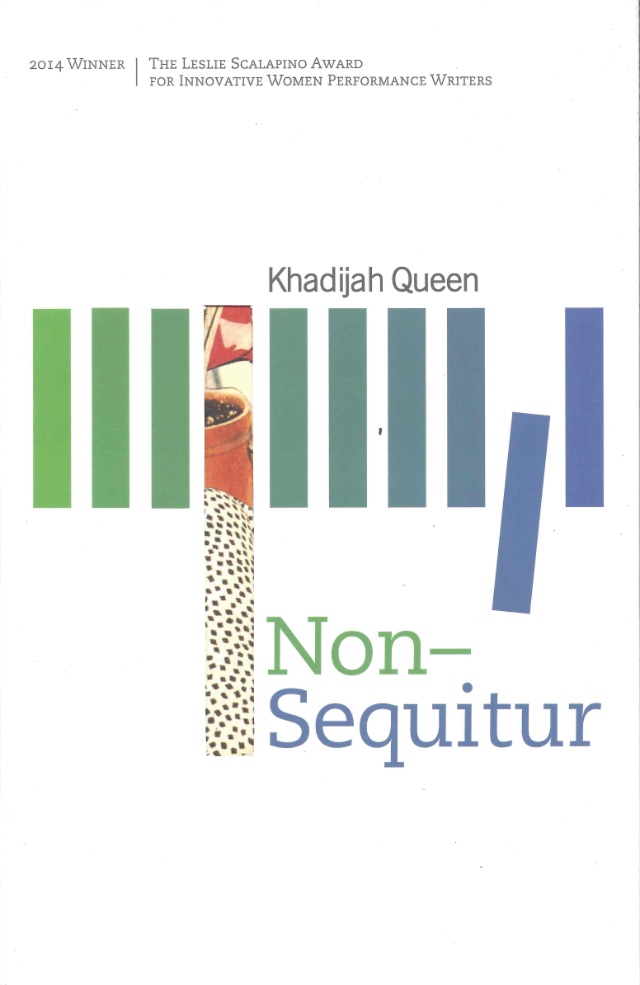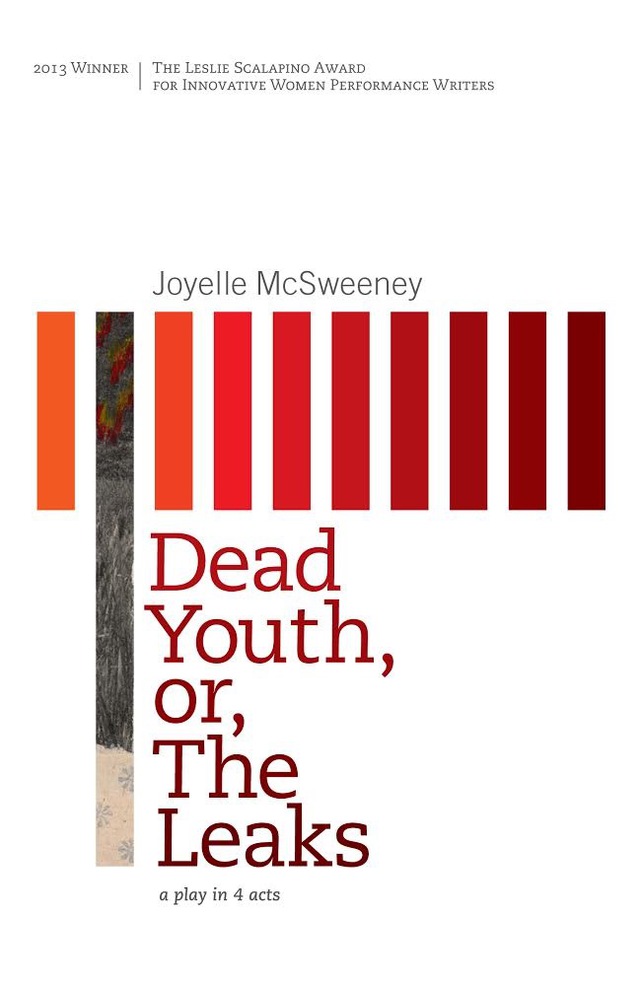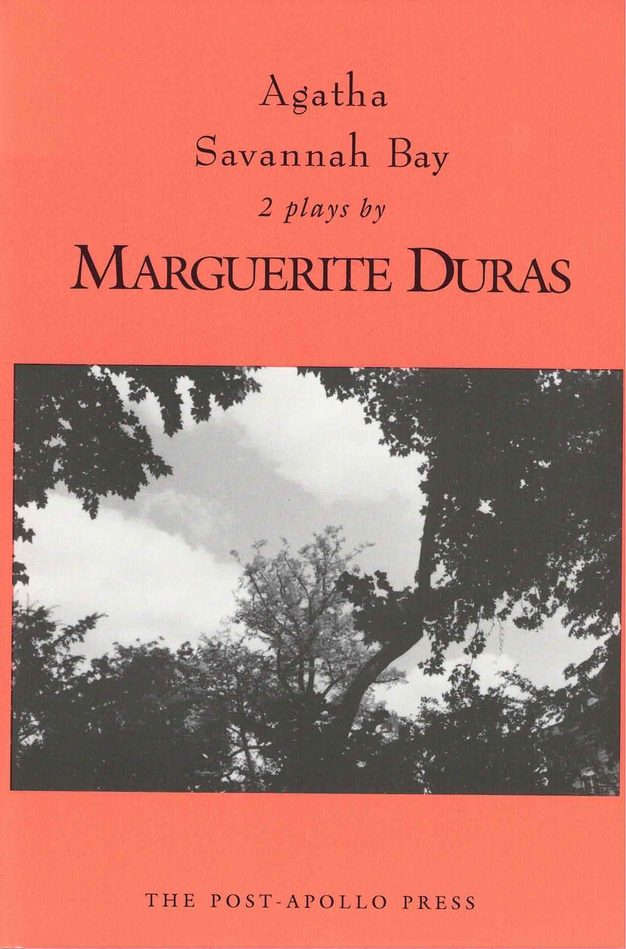Winner of the 2016 Leslie Scalapino Award for Innovative Women Performance Writers
The Triumph of Crowds is a lecture as performance, or performance as lecture, distributed between the voices and gestures of ten performers. Written in conversation with Nicholas Poussin’s painting The Triumph of David (1631), The Triumph of Crowds asks the question “What does it mean to appear politically?” In McLeer’s invented form of the “distributed performance lecture,” the author undertakes an aesthetic experiment in leveling the structured spaces in which political discourse and actions occur. Triumph unfolds in the space of a “pause” and scatters its performance “across so many bodies, images, objects, voices and sounds” to explore the politics of public assembly, protest, and becoming “us.”
Brigid McLeer
Ashley Lamb
Praise for The Triumph of Crowds
The Triumph of Crowds is a layered work, weaving art history, film and the contemporary politics and poetics of community. It opens up the space of performance into a time that is both meditative and urgent.
— Fiona Templeton





Into this pause is scattered the performance, which
across all its distributions of people, images, actions,
activities, silences, speeches, readings, gestures, sounds, reminders, echoes and repetitions, continually asks the question “What does it mean to appear politically?” And then answers, “It means this…” “And this…” “Perhaps this…”
—Brigid McLeer, from the Introduction